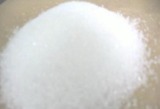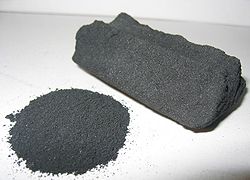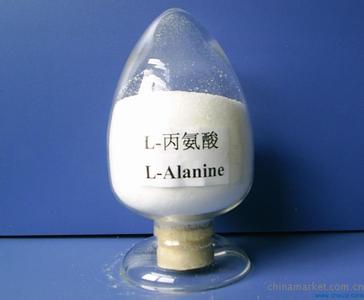- Basic Chemicals
- Medicine raw material
- Food Additives
- Amino Acid
- Acetyl l-tyrosine
- Arginine ketoisocaproate
- Beta alanine
- L-Cystine
- Plant Isolation
- Activated carbon
- CLOTH
- Medical Device
Alanine
- Product Numbers: 2014080005
- Price: US $
- Product description: Alanine is an α-amino acid with the chemical formula CH3CH(NH2)COOH. The L-isomer is one of the 20 amino acids encoded by the genetic code. Its codons are GCU, GCC, GCA, and GCG. It is classified as a non-polar amino acid. L-Alanine is second only to leucine in rate of occurrence, accounting for 7.8% of the primary structure in a sample of 1,150 proteins. D-Alanine occurs in bacterial cell walls and in some peptide antibiotics.

Structure
The α-carbon atom of alanine is bound with a methyl group (-CH3), making it one of the simplest α-amino acids with respect to molecular structure and also resulting in alanine's being classified as an aliphatic amino acid. The methyl group of alanine is non-reactive and is thus almost never directly involved in protein function.
Physiological function
Glucose–alanine cycle
Alanine plays a key role in glucose–alanine cycle between tissues and liver. In muscle and other tissues that degrade amino acids for fuel, amino groups are collected in the form of glutamate by transamination. Glutamate can then transfer its amino group through the action of alanine aminotransferase to pyruvate, a product of muscle glycolysis, forming alanine and α-ketoglutarate. The alanine formed is passed into the blood and transported to the liver. A reverse of the alanine aminotransferase reaction takes place in liver. Pyruvate regenerated forms glucose through gluconeogenesis, which returns to muscle through the circulation system. Glutamate in the liver enters mitochondria and degrades into ammonium ion through the action of glutamate dehydrogenase, which in turn participate in theurea cycle to form urea.
The glucose–alanine cycle enables pyruvate and glutamate to be removed from the muscle and find their way to the liver. Glucose is regenerated from pyruvate and then returned to muscle: the energetic burden of gluconeogenesis is thus imposed on the liver instead of the muscle. All available ATP in muscle is devoted to muscle contraction.
Link to hypertension
An international study led by Imperial College London found a correlation between high levels of alanine and higher blood pressure, energy intake, cholesterol levels, and body mass index.
Link to diabetes
Alterations in the alanine cycle that increase the levels of serum alanine aminotransferase (ALT) is linked to the development of type II diabetes. With an elevated level of ALT the risk of developing type II diabetes increases.














